A beautiful sound wall display for your classroom!
Enhance your phonics program by displaying the phonemes your students are currently mastering. The display will enrich your students’ growing understanding of how our spoken language is recorded in print.
What Is a Sound Wall?
A sound wall is an organised display of the sounds (phonemes) and their matching letters (graphemes) that we use in our language. While there are 26 letters in our alphabet, we use many different combinations of letters to write down (i.e. represent) the sounds in our speech.
The beauty of a sound wall is that it allows students to see the variety of ways to spell one sound, thus building a stronger understanding of spelling patterns.
How Will I Use This Phonics Sound Wall Display?
While the English language includes more than 200 graphemes, we have carefully selected those graphemes (and their corresponding phonemes) that your students are most likely to come across in the primary classroom.
This sound wall consists of four sets of sounds:
- consonants
- short vowels
- long vowels
- other vowels.
The graphemes cards included are:
Consonants
b, bb, c, ck, k, ch (choir), d, dd, f, ff, ph, g, gg, h, j, ge, dge, l, ll, m, mm, mb, n, nn, kn, gn, p, pp, qu, r, rr, wr, s, ss, ce, t, tt, v, ve, w, wh, x, y, z, zz, s (bugs), sh, ti, ci, ch (chef), ch (chair), tch, th (soft), th (hard), ng.
Short Vowels
a, e, ea (head), i, y (gym), o, a (swan), u.
Long Vowels
a_e, ai, ay, a (apron), ey, eigh, ea (leaf), ee, y (fly), i_e, ie, i, igh, o_e, oa, oe, o, ow (snow), u_e, u, oo (boot), ui, ew, ue.
Other Vowels
ar, or, ore, oor, er, ir, oi, oy, ow (cow), ou (cloud), oo (book), air, are, ear, eer, ur, (w)or, au, aw, a(ll).
As you introduce phonemes to your students, display the cards to form a wall. Typically, vowels are grouped together in one area of the display and consonants are placed in another.
Each phoneme within a set is a specific colour, e.g. all ā sounds are pink, all ē sounds are blue etc. Display the various graphemes that represent the same sound together as a group, e.g. for the ĕ phoneme, place the ‘e’ as in ‘bed’ card with the ‘e’ as in ‘head’ card nearby.
Mix and match the components of the sound wall to suit your needs.
You will not only increase your students’ phonemic awareness with this colourful display, but you will be laying solid foundations for their decoding and spelling skills.
Want to know more about sound walls? Read our blog Why Teachers Are Adopting Sound Walls Over Word Walls?
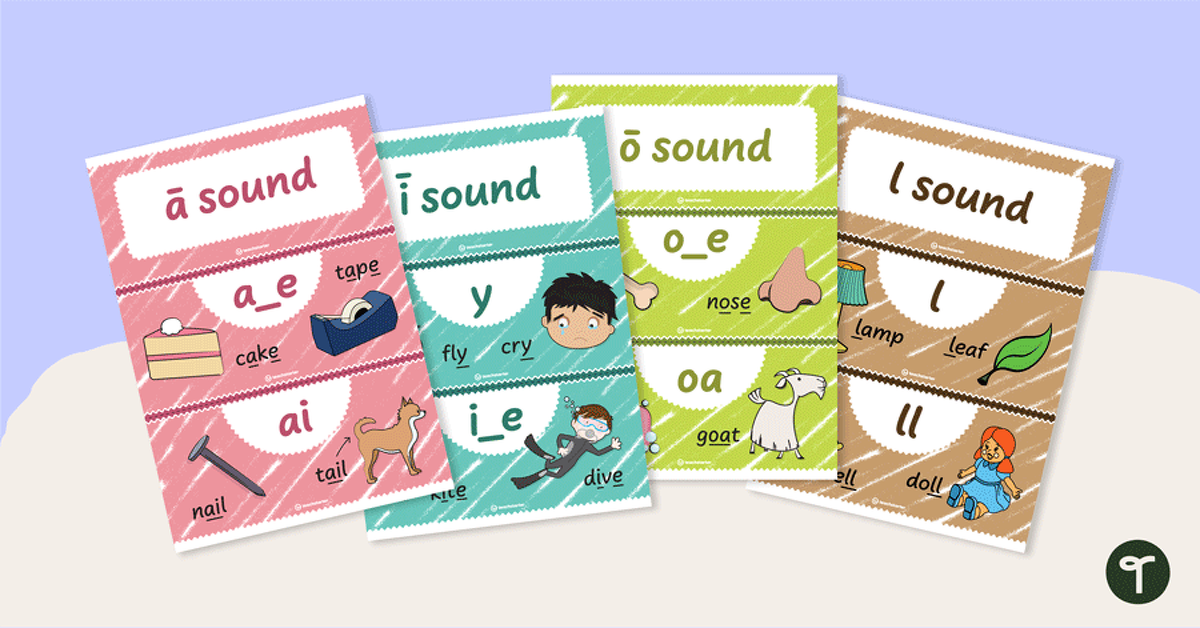

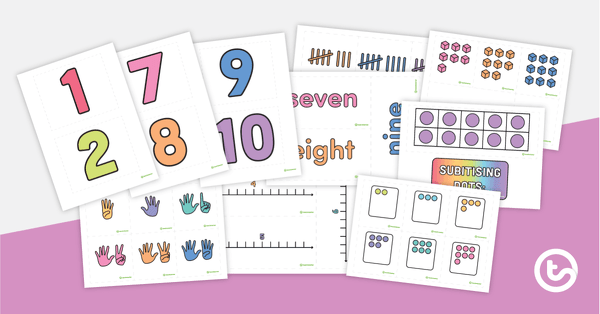
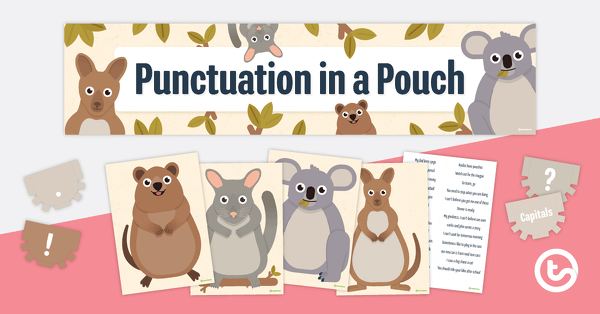

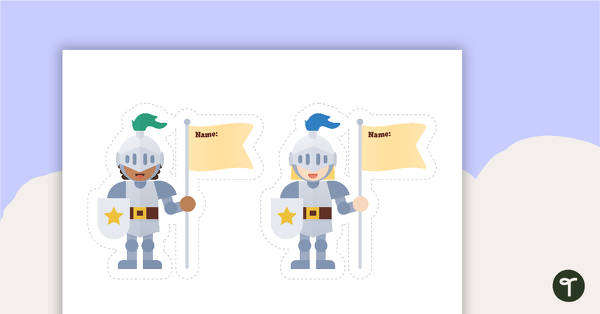
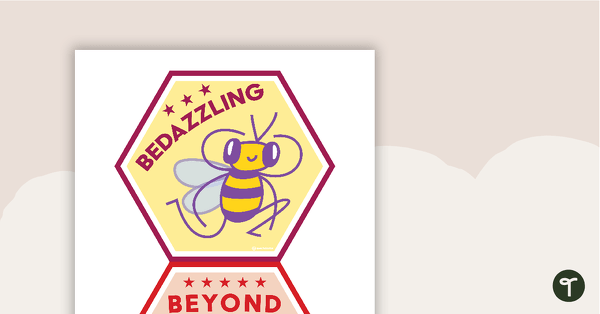
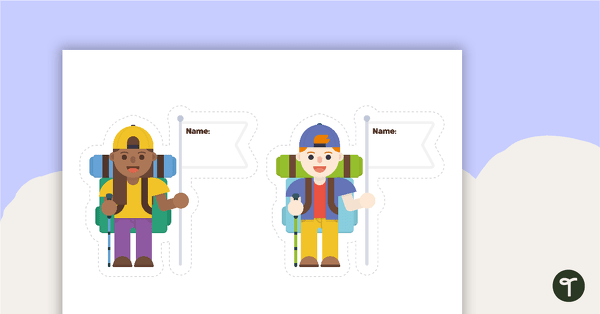
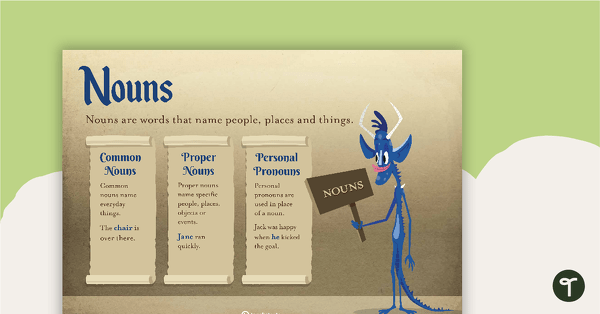
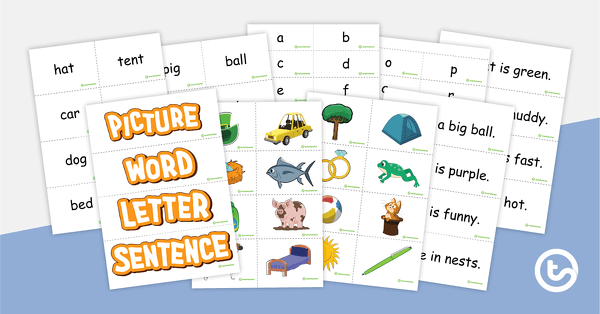
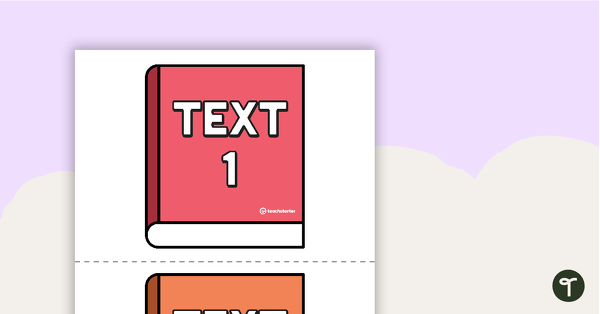
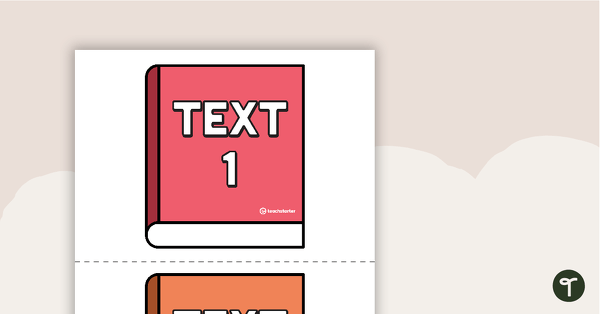
0 Comments
Write a review to help other teachers and parents like yourself. If you'd like to request a change to this resource, or report an error, select the corresponding tab above.